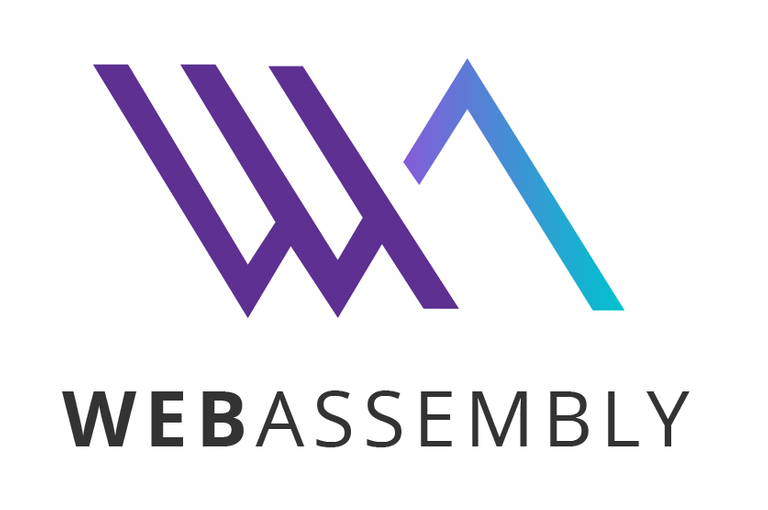Over the years, JavaScript has emerged as the go-to language for programmers who need to develop their web applications more interactive and user-friendly. But on Tuesday something drastic happened which could change the way we view or use JavaScript programming language.Firefox 52 became the first browser to support WebAssembly, a new standard “to enable near-native performance for web applications” without a plug-in by pre-compiling code into low-level, machine-ready instructions.
WebAssembly
WebAssembly is a comparative tot in programming arena. WebAssembly was first announced on 17 June 2015 and on 15 March 2016 was demonstrated executing Unity’s Angry Bots in Firefox, Chromium, Google Chrome, and Microsoft Edge. WebAssembly or wasm is a low-level programming language for in-browser client-side scripting, which is currently in development. Its initial aim is to support compilation from C and C++, though other source languages such as Rust are also supported.
*Java V/S WebAssembly *
Till a few years back, no one would have imagined a Web Application without JavaScript. It was and still is the go-to programming language for large swathes of web developers. However, with Firefox opting for WebAssembly as preferred coding language for developing native apps and browser plugins, it could mean a turning point in web development and how our browsers work.
Why is WebAssembly superior to JavaScript?
WebAssembly uses C and C++ compilations to make its web apps work. It also supports other source languages such as Rust. But probably WebAssembly’s best weapon against JavaScript is its speed. That is the reason Mozilla trusts its future Firefox browsers with WebAssembly.
Byrant explains that WebAssemly will enable amazing video games and high-performance web apps for things like computer-aided design, video and image editing, and scientific visualization . Over time, many existing productivity apps (e.g. email, social networks, word processing) and JavaScript frameworks will likely use WebAssembly to significantly reduce load times while simultaneously improving performance while running. Unlike other approaches that have required plug-ins to achieve near-native performance in the browser, WebAssembly runs entirely within the Web Platform. This means that developers can integrate WebAssembly libraries for CPU-intensive calculations (e.g. compression, face detection, physics) into existing web apps that use JavaScript for less intensive work.
. Over time, many existing productivity apps (e.g. email, social networks, word processing) and JavaScript frameworks will likely use WebAssembly to significantly reduce load times while simultaneously improving performance while running. Unlike other approaches that have required plug-ins to achieve near-native performance in the browser, WebAssembly runs entirely within the Web Platform. This means that developers can integrate WebAssembly libraries for CPU-intensive calculations (e.g. compression, face detection, physics) into existing web apps that use JavaScript for less intensive work.


Great post. Really appreciating. Keep up the good work. Looking forward for more such work.
This is great news for programmers like me
Thanks for sharing the post
This is good to know. Thanks for posting it.
I'm focusing on Javascript right now, but after I have written a good number of things in Javascript and have confidence with it I will try other languages. Rust is a language I'm interested in and it sounds like that can be used with web assembly.